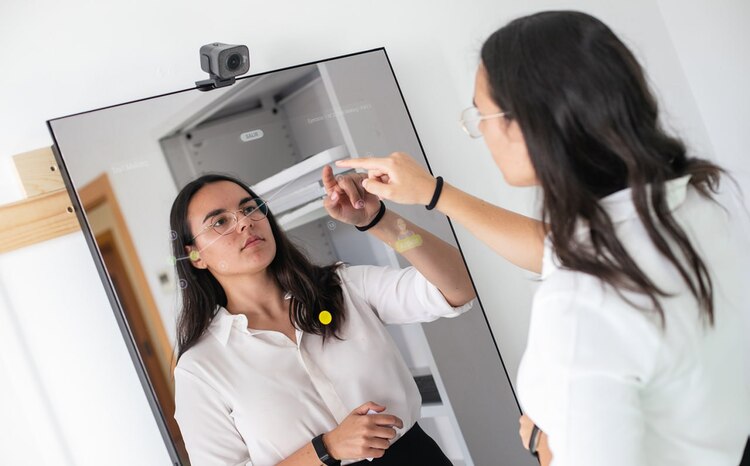How digital tools can support patient safety
- 21 July 2023

Digital solutions can improve information sharing and reduce the errors that cost lives. But they should be implemented carefully to avoid creating risks, writes Maureen Baker from the Professional Record Standards Body
With demand at an all-time high, and workforce shortages mounting, the focus on patient safety has never been more critical.
Despite the efforts of dedicated health and care professionals, the NHS is below average in international comparisons of patient safety, with an estimated 237 million medication errors occurring in the NHS every year. Survival rates are below average for major cancers, heart attacks and strokes.
We need an urgent rethink of our approach to patient safety, to ensure we treat it as a long-term, ongoing exercise, rather than react when things go wrong. Improving patient safety could save almost 1,000 extra lives and £100 million in care costs each year – and digital can help us achieve this, if used to its full potential.
New understanding of risks
Digital technologies are already delivering good results. An estimated 300 life-threatening incidents are averted every day through digital prescribing. Digital solutions help ensure that critical information is provided in a timely fashion and automate safety processes to reduce the risk of errors. They also support more effective information sharing between professionals and people, resulting in better continuity of care, greater treatment compliance, and ultimately a potential decrease in adverse events, and hospital re-admissions.
Advanced digital technologies such as AI can help analyse performance data, reduce unwarranted variation in care, enhance clinical decision-making and improve the quality of diagnostic imaging and interpretation of results. Numerous studies show that [advanced digital technologies] are at least as good, if not better [than clinicians], at reading an increasing range of diagnostic tests, freeing up clinical time to care for people.
Digital tools and data will also help the NHS gain insights into the risks, needs and challenges facing the different communities in our country and will help us to address them in new and more effective ways such as planning and commissioning new and different services.
Ensure digital brings benefits
Despite its enormous potential to improve safety and outcomes, there are still some areas to consider if we are to ensure that digital tech brings benefits, and not harm. First, is the right technology widely available? We know there are services that are still largely on paper. Are digital systems interoperable so that information can flow between different settings to support continuity of care? And do staff have the right digital skills and confidence to use technology?
Preventable errors still happen. PRSB’s information record standards are fundamental to reducing ambiguity, misinterpretation, mistakes and safety failures. They ensure information is unambiguous and that any member of a multidisciplinary team has a current view of the person, their treatments and their care needs.
Standards facilitate interoperability. They define a set of information that should be shared, at the same time helping to reduce the overload of data received by heath and care professionals and enabling its effective interpretation.
Regulators such as MHRA, ORCHA, and DTAC have a critical role to play in ensuring the safety of devices and apps. Clinical use must guide regulation and clinicians need to be assured that they can trust not only the technology itself, but the assessment processes that underpin regulation.
PRSB is working with regulators to ensure standards are widely adopted to drive better, safer care. For example, the Care Quality Commission includes PRSB standards in its good practice guidance on digital social care records. We are also working with NICE to align PRSB standards with their best practice guidance to drive adoption of best practice, minimise safety risks and maximise the benefits of using digital technology – all for better patient safety.






1 Comments
Great article Maureen totally agree
Comments are closed.